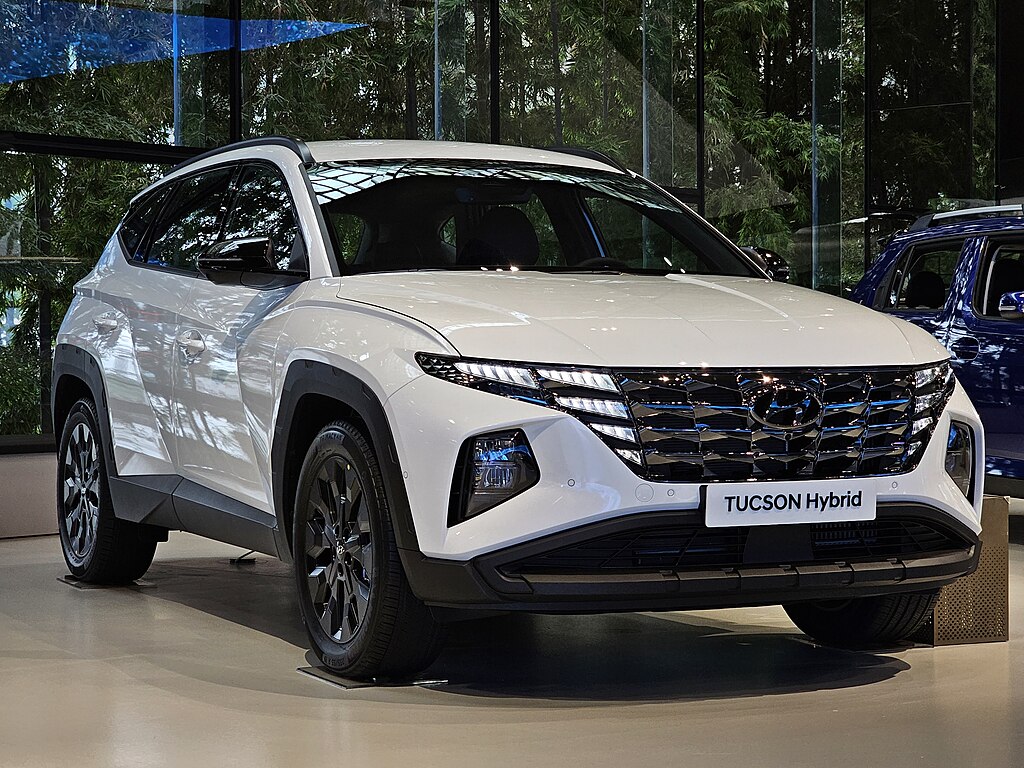Hyundai Kona at a Glance: Price Overview, Key Features, and Offer Comparison for Buyers
The Hyundai Kona has become a popular choice in the American compact SUV segment, combining sleek design, advanced technology, and a variety of powertrain options. For U.S. buyers, it’s important to have a clear overview of the available trims, pricing, and key specifications to make an informed decision. In this article, we break down the most important aspects of the Hyundai Kona, compare different deals, and showcase the standout features of this versatile SUV.

What are the Key Specifications of the Hyundai Kona?
The Hyundai Kona boasts impressive specifications that contribute to its appeal in the compact SUV segment. The vehicle is available in both gasoline and electric powertrains, catering to different driving preferences. The gasoline variants typically feature a 2.0-liter four-cylinder engine or a more powerful 1.6-liter turbocharged engine, depending on the trim level. The Kona Electric, on the other hand, offers an all-electric powertrain with an impressive range.
In terms of dimensions, the Kona measures approximately 165 inches in length, 70 inches in width, and 61 inches in height, making it compact enough for city driving while still offering ample interior space. The SUV provides a comfortable ride with its MacPherson strut front suspension and multi-link rear suspension system, ensuring stability and handling across various road conditions.
What are the Main Features and Trim Levels?
Hyundai offers the Kona in several trim levels, each packed with features to suit different needs and budgets. The base trim typically includes standard features such as a touchscreen infotainment system with smartphone integration, forward collision-avoidance assist, and lane-keeping assist. As you move up the trim levels, additional features become available, including:
-
Larger alloy wheels
-
Sunroof
-
LED headlights and taillights
-
Wireless device charging
-
Leather seating surfaces
-
Heads-up display
-
Enhanced driver assistance systems
The Kona N Line and N trims cater to performance enthusiasts, offering sportier styling and more powerful engine options. The Kona Electric, available in select markets, provides an eco-friendly alternative with its all-electric powertrain and unique styling elements.
How Do the Different Model Variants Compare in Cost?
The Hyundai Kona’s pricing structure varies depending on the trim level and powertrain option. Generally, the base model starts at a competitive price point for the compact SUV segment, with costs increasing as you move up to higher trims or opt for the electric version.
| Model Variant | Starting MSRP (Estimated) | Key Features |
|---|---|---|
| Kona SE | $22,000 - $24,000 | Basic features, 2.0L engine |
| Kona SEL | $24,000 - $26,000 | Added safety features, 17” alloy wheels |
| Kona N Line | $27,000 - $29,000 | Turbocharged engine, sporty styling |
| Kona Limited | $28,000 - $30,000 | Leather seats, premium audio |
| Kona Ultimate | $30,000 - $32,000 | Full feature set, largest infotainment screen |
| Kona Electric | $34,000 - $36,000 | All-electric powertrain, unique styling |
Prices, rates, or cost estimates mentioned in this article are based on the latest available information but may change over time. Independent research is advised before making financial decisions.
It’s important to note that these prices are estimates and can vary based on location, dealership, and current promotions. Additionally, the Kona Electric may be eligible for federal and state tax incentives, potentially reducing its effective cost.
What Financing and Leasing Options are Available?
Hyundai offers various financing and leasing options to make the Kona more accessible to buyers. Typical financing terms range from 36 to 72 months, with interest rates varying based on credit score and current promotions. Leasing options are also available, usually for 24 to 36-month terms, which can be attractive for those who prefer lower monthly payments or like to switch vehicles more frequently.
Hyundai often runs special financing deals, such as 0% APR for qualified buyers or cash back offers on certain models. It’s advisable to check with local dealerships or Hyundai’s official website for the most current offers, as these can change seasonally or based on inventory levels.
How Do Fuel Consumption and Maintenance Costs Compare?
The Hyundai Kona’s fuel consumption varies depending on the powertrain and driving conditions. The gasoline models typically offer competitive fuel economy for the compact SUV class, with EPA estimates ranging from about 26-30 mpg in the city and 29-35 mpg on the highway, depending on the engine and drivetrain configuration.
The Kona Electric stands out in terms of energy efficiency, with an EPA-estimated range of over 250 miles on a single charge for recent models. While the initial cost of the electric variant is higher, long-term energy costs can be significantly lower compared to gasoline models, especially in areas with favorable electricity rates.
Maintenance costs for the Kona are generally in line with other vehicles in its class. Hyundai’s warranty coverage, which includes a 5-year/60,000-mile basic warranty and a 10-year/100,000-mile powertrain warranty, can help reduce long-term ownership costs. The Kona Electric may have lower maintenance costs due to fewer moving parts and the absence of oil changes, though battery replacement costs should be considered for long-term ownership.
In conclusion, the Hyundai Kona offers a range of options to suit various preferences and budgets within the compact SUV market. From its competitive pricing and diverse trim levels to its efficient powertrains and modern features, the Kona presents an attractive package for buyers seeking a versatile and stylish vehicle. As with any major purchase, potential buyers should carefully consider their specific needs, budget, and local offers to determine the best Kona variant for their situation.




